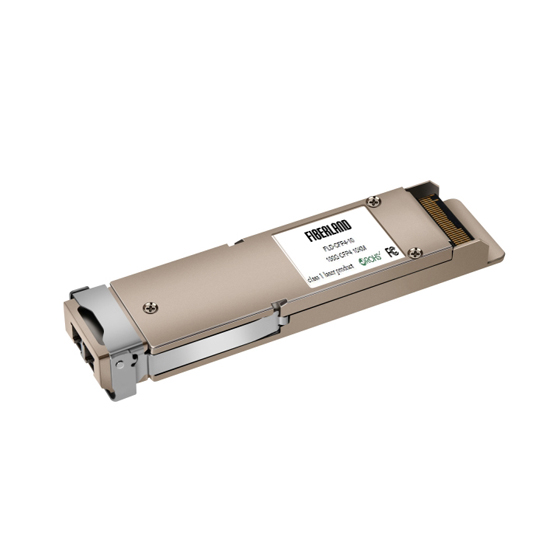What is the difference between fiber broadband and ADSL?
2017-09-23
ber broadband and ADSL? Fiber broadband generally refers to the fiber to the cell, that is, LAN broadband. ADSL is an asynchronous transfer mode (ATM).
Community broadband generally refers to the fiber to the district, that is, LAN broadband. The whole district to share this fiber, when people are not much time, very fast, playing games and download things feel. Theoretically the fastest to 100M, but the peak at night, the speed will be very general.
(FTTB) (FTTB) or cell (FTTZ), and then through the network cable access to the user home, the network operator to use the fiber access to the floor (FTTB) For the entire building or district to provide shared bandwidth (usually 10Mb / s).

ADSL is an asynchronous transfer mode (ATM).
At the telecom service provider, it is necessary to connect each telephone line of the ADSL service to the digital subscriber line access multiplexer (DSLAM). On the client side, the user needs to use an ADSL terminal (because it is similar to a traditional modem, so it is also called "cat") to connect the telephone line. As the ADSL use of high-frequency signal, so at both ends have to use the ADSL signal separator ADSL data signal and ordinary audio signal separation, to avoid the call when the noise interference. (Comparison: ADSL broadband and FTTB broadband comparison)
The usual ADSL terminal has a telephone Line-In, an Ethernet port, some terminals integrated ADSL signal splitter, also provides a connected Phone interface.
Some ADSL modems use the USB interface to connect to the computer, you need to install the specified software on the computer to add a virtual network card to communicate.
XFP module,XFP transceiver,bidi sfp,SFP+ module,SFP+ transceiver Which is good? First choice Fiberland!Thanks for your concern, to learn more about Fiberland, please enter Fiberland website: http://www.fiberlandtec.com/
Community broadband generally refers to the fiber to the district, that is, LAN broadband. The whole district to share this fiber, when people are not much time, very fast, playing games and download things feel. Theoretically the fastest to 100M, but the peak at night, the speed will be very general.
(FTTB) (FTTB) or cell (FTTZ), and then through the network cable access to the user home, the network operator to use the fiber access to the floor (FTTB) For the entire building or district to provide shared bandwidth (usually 10Mb / s).

ADSL is an asynchronous transfer mode (ATM).
At the telecom service provider, it is necessary to connect each telephone line of the ADSL service to the digital subscriber line access multiplexer (DSLAM). On the client side, the user needs to use an ADSL terminal (because it is similar to a traditional modem, so it is also called "cat") to connect the telephone line. As the ADSL use of high-frequency signal, so at both ends have to use the ADSL signal separator ADSL data signal and ordinary audio signal separation, to avoid the call when the noise interference. (Comparison: ADSL broadband and FTTB broadband comparison)
The usual ADSL terminal has a telephone Line-In, an Ethernet port, some terminals integrated ADSL signal splitter, also provides a connected Phone interface.
Some ADSL modems use the USB interface to connect to the computer, you need to install the specified software on the computer to add a virtual network card to communicate.
XFP module,XFP transceiver,bidi sfp,SFP+ module,SFP+ transceiver Which is good? First choice Fiberland!Thanks for your concern, to learn more about Fiberland, please enter Fiberland website: http://www.fiberlandtec.com/
RECENT BLOG POST
-
012019-10With the continuous development of 5G communication technology, 100G modules are gradually becoming popular. We know that there are many kinds of packages for 100G optical modules. From 2000 to now, the optical module package types have been rapidly developed. Its main package types are: GBIC, SFP, XENPAK, SNAP12, X2, XFP, SFP+, QSFP/QSFP+, CFP, CXP. In the fast-developing network era, some 100G optical modules avoid the risk of being eliminated, and upgraded and revised with the wave of the Internet, such as 100G CFP optical modules.
-
012019-101. What is the CWDM SFP? The CWDM optical module is an optical module using CWDM technology to implement the connection between the existing network device and the CWDM multiplexer/demultiplexer. When used with a CWDM multiplexer/demultiplexer, CWDM optical modules can increase network capacity by transmitting multiple data channels with separate optical wavelengths (1270 nm to 1610 nm) on the same single fiber.
-
012019-10AOC is the abbreviation of Active Optical Cables, which is called Active Optical Cables in Chinese. AOC active optical is to encapsulate two optical modules and cable together. Because the medium of transmission in the middle is optical cable, AOC optical module, which contains laser devices, has a higher price for DAC. However, its optical aperture is not exposed, it has high reliability, and its working distance can be customized for a long distance of less than 100 meters.
-
012019-10Dense Wavelength Division Multiplexing (DWDM) technology is capable of transmitting data in an optical fiber using bit wavelength parallel transmission or string line transmission using the wavelength of the laser.It is widely used in different fields of communication networks, including long-distance backbone networks, metropolitan area networks (MANs), residential access networks, and local area networks (LANs).The DWDM optical module is the optical module that uses this technology, so the DWDM optical module has high bandwidth and long-distance transmission characteristics.












